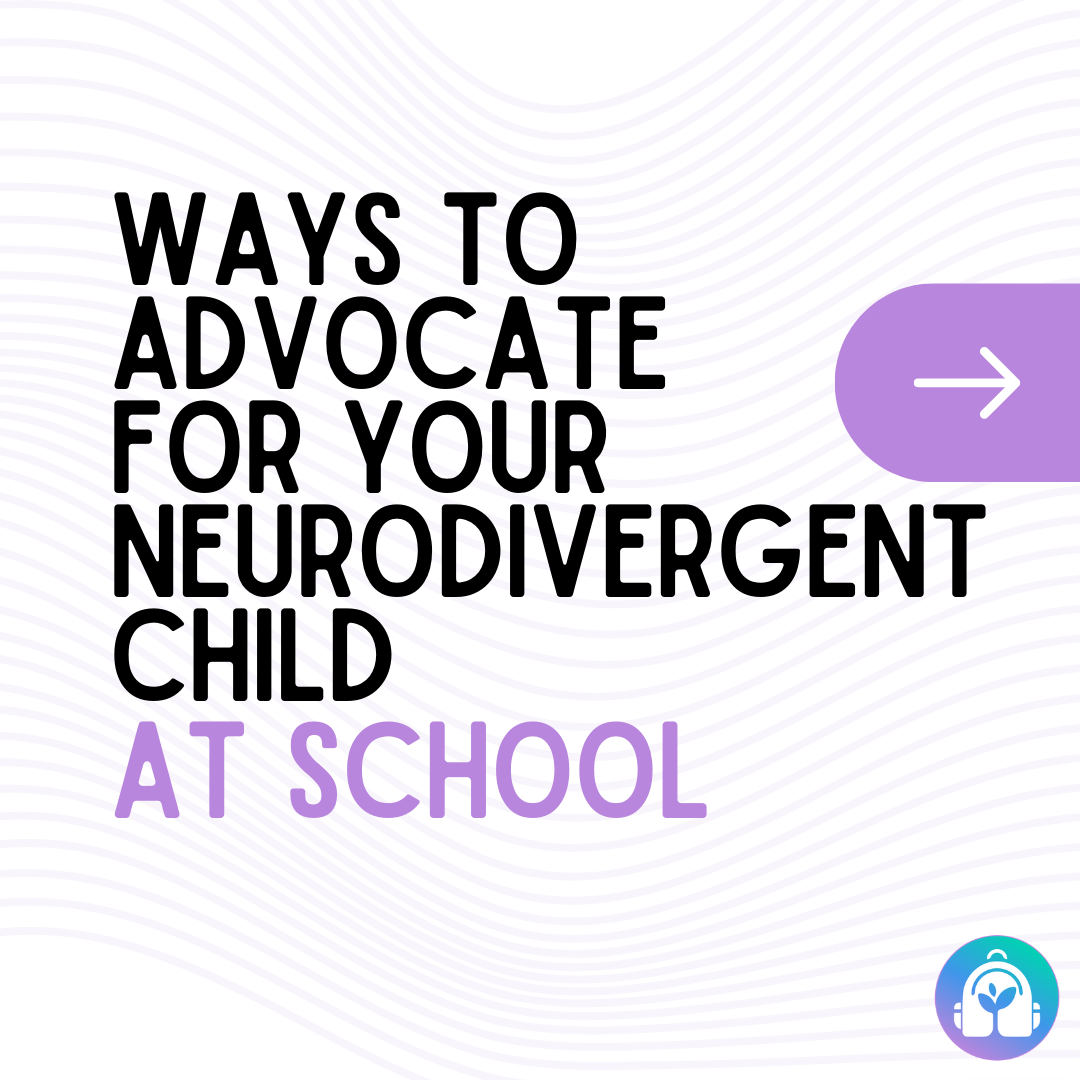My role in Australia is quite different from my experience in the UK when working as an educational and child psychologist. Seeing children over a longer period of time has been great, but also brought some challenges. I had to rethink my ways of working and incorporate a number of new creative resources and ideas into my professional practice. It has been great to research and trial these. I present here my top five, the resources I feel have been particularly engaging for the children.
- A box of Lego: My box of classic Lego has been absolutely wonderful in engaging children who find socialisation and talking a little more tricky. Knowing I had a box of Lego, many came willingly to see me. We have some great play moments with the Lego, either exploring different pieces, talking about a new design, or thinking about what they built and why. I also enjoyed seeing what different children do with Lego, build from the booklet, invent a new pattern, talk whilst building vs being silent, build something significantly close to their current state of mind. In all situations, Lego has given us a great resource for discussion and relationship building.
- A bag of little people and animals: I put a bag of little people and animals together. I included lots of different interesting characters like Oshis, Shopkins, Superheroes and characters from different stories and television programs. I included Inside Out characters. I find children really like these and will use them when needing to express particular emotions. I also included trees, gates, flowers, etc. With these, children can create a world, their world. Together with the Lego, children can build a house, put people in it, play and talk. Again this is has triggered some interesting conversations.
- Blob tree and other blob pictures: I laminated the different pictures of the Blob and carry them around with me. It is a great resource to get to know a child’s view of the world with the possibility of knowing what they think of others’ perceptions of the world by prompting how others feel like and would be like on the picture.
- School and home situation pictures: I laminated a number of school and home situation pictures that I carry with me. Again these are great to get an insight into a child’s views of that particular environment. I found some pictures from ‘Where is my peg’ which is a resource supporting children going to school. It is also easy to find pictures on clipart, or even attempt to draw pictures.
- A poster session: As a first session, I most of the time use a blank page asking the child to talk about their likes, dislikes, strengths, difficulties and where they feel they need help. It is often a very accurate picture of their life and what parents talked about. During the poster session, I just draw bubbles of all their ideas and create a poster like a mind map. In this conversation, I use different techniques such as scaling, competency profiling, eliciting aspirations, thinking about next steps and goals. I draw with scented pens so that the children and I have something something exciting to talk about which helps building the relationship. Children also draw and put their stamp on the poster. I have also done this with children who are moving on. I call it a transition poster where I include a sentence such as ‘good luck in your new adventures’ and sign it. We talk about all their strengths, positives and skills needed in transition. If they want to, I encourage the children to ask their friends and teachers to sign the back. This aims to offer some closure and support in transition.



